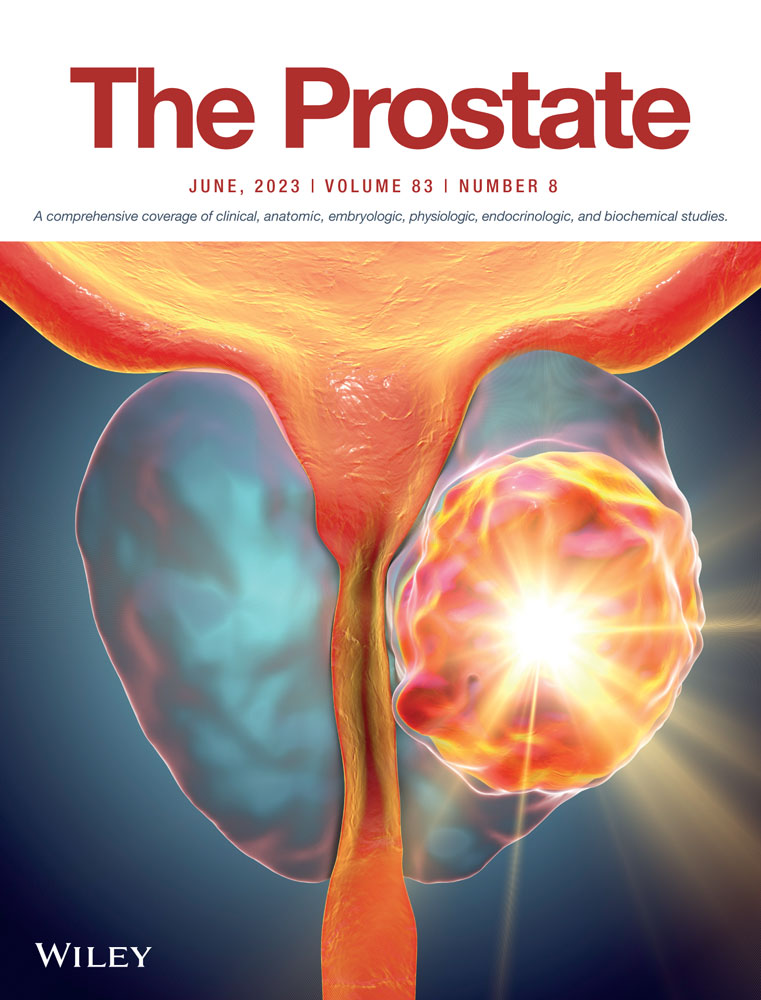Comparison of transcutaneous tibial nerve stimulation versus percutaneous tibial nerve stimulation in category IIIB chronic prostatitis/chronic pelvic pain syndrome: A randomized prospective trial
Abstract
Background
Chronic prostatitis/chronic pelvic pain syndrome (CP/CPPS) is a heterogenous condition that impacts the Quality of life severely, and it has multimodal complex treatment options. We aimed to compare the efficacy of two well-described neuromodulation therapies, transcutaneous tibial nerve stimulation (TTNS) versus percutaneous tibial nerve stimulation (PTNS) in the treatment of category IIIB CP/CPPS.
Methods
This study was designed as a randomized prospective clinical trial. We randomized category IIIB CP/CPPS patients into two treatment groups as TTNS and PTNS groups. Category IIIB CP/CPPS was diagnosed by two or four-glass Meares-Stamey test. All patients included in our study were antibiotic/anti-inflammatory resistant. Transcutaneous and percutaneous treatments were applied 30 min sessions for 12 weeks. Patients were evaluated by Turkish-validated National Health Institute Chronic Prostatitis Symptom Index (NIH-CPSI) and visual analogue scale (VAS) initially and after treatment. Treatment success was evaluated within each group and also compared with each other.
Results
A total of 38 patients in the TTNS group and 42 patients in the PTNS group were included in the final analysis. The mean VAS scores of the TTNS group were lower than the PTNS group initially (7.11 and 7.43, respectively), (p = 0.03). The pretreatment NIH-CPSI scores were similar between groups (p = 0.07). VAS scores, total NIH-CPSI, NIH-CPSI micturation, NIH-CPSI pain, and NIH-CPSI QoL scores decreased significantly at the end of the treatment in both groups. We found a significantly higher VAS and NIH-CPSI scores decrease in the PTNS group compared to the TTNS group (p < 0.01).
Conclusion
Both PTNS and TTNS are effective treatment methods in category IIIB CP/CPPS. Comparing the two methods, PTNS provided a higher level of improvement in terms of pain and quality of life.
CONFLICTS OF INTEREST STATEMENT
The authors declare no conflicts of interest.
Open Research
DATA AVAILABILITY STATEMENT
Data is available on request.




